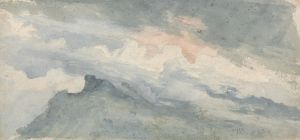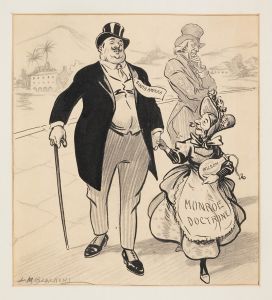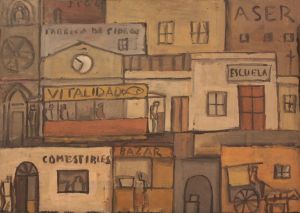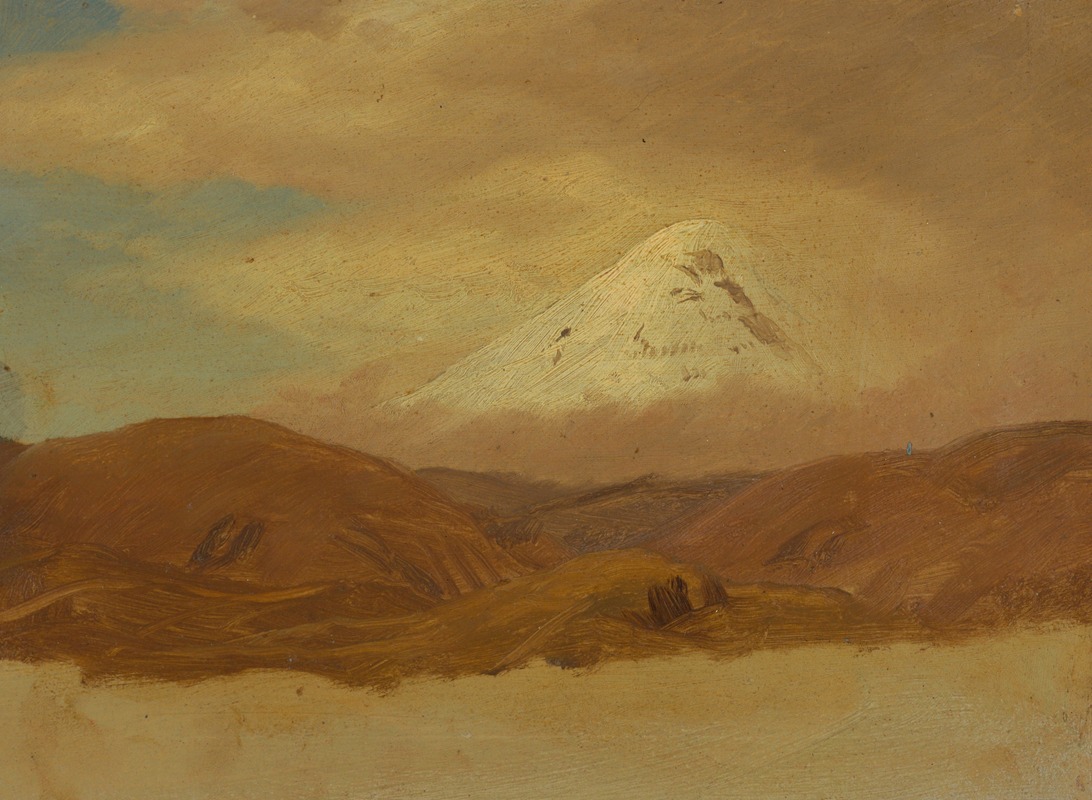
Ecuador, Mt. Chimborazo
A hand-painted replica of Frederic Edwin Church’s masterpiece Ecuador, Mt. Chimborazo, meticulously crafted by professional artists to capture the true essence of the original. Each piece is created with museum-quality canvas and rare mineral pigments, carefully painted by experienced artists with delicate brushstrokes and rich, layered colors to perfectly recreate the texture of the original artwork. Unlike machine-printed reproductions, this hand-painted version brings the painting to life, infused with the artist’s emotions and skill in every stroke. Whether for personal collection or home decoration, it instantly elevates the artistic atmosphere of any space.
"Ecuador, Mt. Chimborazo" is a painting by the American landscape artist Frederic Edwin Church, completed in 1864. Church was a central figure in the Hudson River School, a mid-19th century American art movement known for its realistic and detailed portrayals of nature. This painting is one of Church's most celebrated works and exemplifies his fascination with the natural world and his skill in capturing its grandeur.
Frederic Edwin Church was inspired to create this painting following his travels to South America in the late 1850s. During his journey, he was particularly captivated by the Andes Mountains and the majestic Mount Chimborazo, which was then believed to be the highest mountain in the world. Church's expedition was influenced by the writings of the German naturalist and explorer Alexander von Humboldt, whose works emphasized the interconnectedness of nature and inspired many artists and scientists of the time.
"Ecuador, Mt. Chimborazo" is renowned for its meticulous attention to detail and its dramatic composition. The painting depicts the towering peak of Mount Chimborazo, surrounded by a lush and diverse landscape that includes tropical vegetation, cascading waterfalls, and a serene body of water. Church's use of light and shadow enhances the sense of depth and scale, creating a dynamic and immersive scene that draws the viewer into the heart of the Andes.
The painting reflects Church's ability to blend scientific observation with artistic expression. He was known for his practice of making detailed sketches and studies of the landscapes he encountered, which he later used as references for his larger studio works. In "Ecuador, Mt. Chimborazo," Church's commitment to accuracy is evident in the precise rendering of the mountain's geological features and the diverse flora and fauna depicted in the foreground.
Church's work was highly regarded during his lifetime, and "Ecuador, Mt. Chimborazo" was no exception. The painting was exhibited to great acclaim and contributed to Church's reputation as one of the leading landscape painters of his era. It also reflects the broader 19th-century American interest in exploration and the natural sciences, as well as the era's fascination with the sublime beauty of untamed wilderness.
Today, "Ecuador, Mt. Chimborazo" is held in the collection of the Smithsonian American Art Museum in Washington, D.C. It continues to be celebrated for its artistic and historical significance, offering viewers a glimpse into the awe-inspiring landscapes that inspired Church and his contemporaries. The painting remains a testament to Church's skill as an artist and his enduring legacy in the world of American art.






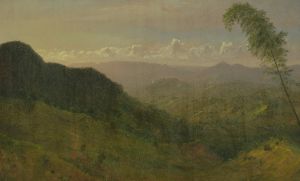
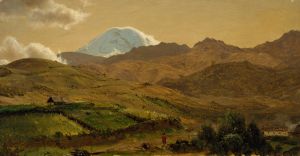
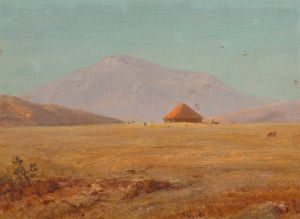
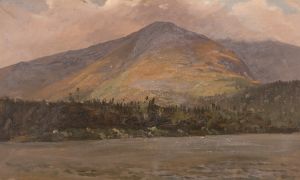

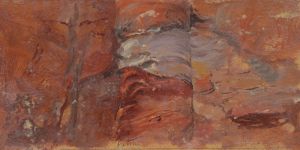
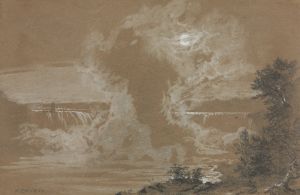
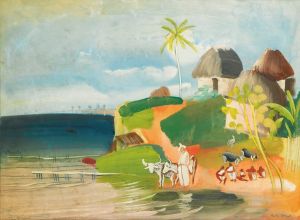
![Designs and photographs for alterations to St. James Bar Restaurant, W. 181st St. and Broadway, New York, NY.] [Study of exterior elevation](/imgs/249309/s/winold-reiss-designs-and-photographs-for-alterations-to-st-james-bar-restaurant-w-181st-st-and-broadway-new-york-ny-study-of-exterior-elevation-81a59d40.jpg)
![Interior designs for screens and ceilings.] [Drawing of plans, elevation, and details](/imgs/249430/s/winold-reiss-interior-designs-for-screens-and-ceilings-drawing-of-plans-elevation-and-details-99a8cb0f.jpg)
